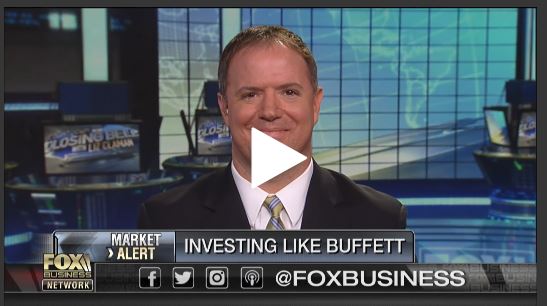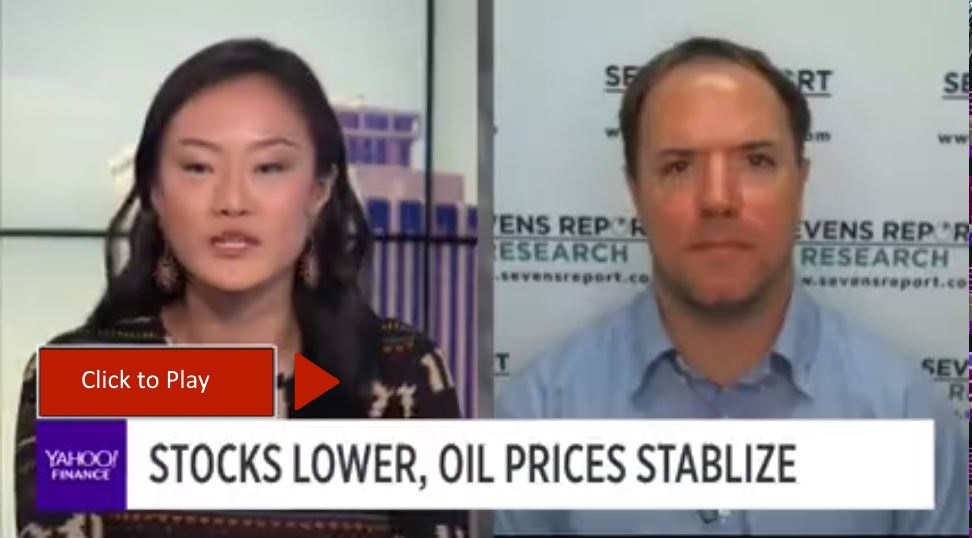Why Stocks Dropped (Again)
What’s in Today’s Report:
- Why Stocks Dropped Yesterday
- More Housing Trouble?
- Are “Gassy” MLPs a Buy?
Futures are moderately lower on momentum as Monday’s U.S market declines spilled over globally and international weakness is now weighing on futures.
Economically it was another quiet night as German PPI met expectations at 3.3% while UK Industrial Trends were better than expected (10 vs. (E) -5).
There was no new news on the Fed or U.S./China trade although expectations are rising for a Trump/Xi “truce” at the G-20 and a more dovish tone from the Fed.
Today will be another quiet day, at least based on the calendar, as we have no Fed speakers and just one economic number: Housing Starts (E: 1.24M). Given that, focus will remain on tech and the super cap names specifically. FDN needs to stabilize and bounce to help arrest this short term sell off and that ETF is now at the top of my quote screen, as it’s driving the markets in the very short term.



